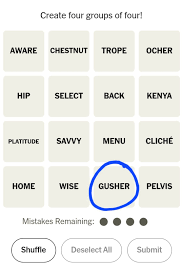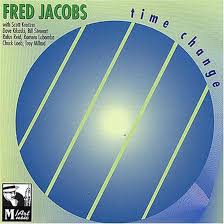Exploring the Concepts of Trope, Cliché, and Platitude

Introduction
The terms ‘trope’, ‘cliché’, and ‘platitude’ are frequently used in literature, film, and everyday communication, yet they often evoke varying interpretations and significance. Understanding these concepts is essential for critical thinking and effective communication, particularly for writers, educators, and media consumers.
Defining Key Concepts
A ‘trope’ refers to a commonly recurring theme or motif within a genre of literature or film. Tropes can serve as tools for storytelling; they allow creators to quickly convey ideas and emotions to their audience. For instance, the hero’s journey is a popular trope that helps to establish a familiar narrative arc.
On the other hand, a ‘cliché’ denotes an overused expression or idea that has lost originality or impact due to excessive repetition. Clichés can detract from the quality of writing or discussion, as they often fail to engage the audience’s interest or convey nuanced meaning. Phrases such as ‘think outside the box’ or ‘all’s fair in love and war’ are prime examples of clichés.
A ‘platitude’, meanwhile, is a statement that is intended to be meaningful but is often so overly simplistic or obvious that it loses its value. Platitudes are frequently used in speeches and motivational contexts, with examples like ‘time heals all wounds’ or ‘everything happens for a reason’ being commonplace across conversations.
Current Relevance
In today’s rapidly evolving cultural landscape, the usage of tropes, clichés, and platitudes can have significant implications. As societal issues continue to emerge, so does the need for original thought in media representation and discourse. Writers are increasingly being challenged to avoid clichés and platitudes in favor of more authentic expressions that resonate with today’s audiences.
This challenge can be observed in the rise of diverse storytelling and the call for representation in literature and film. As audiences become more discerning, the demand for creativity and originality has intensified, leading creators to re-evaluate their use of tropes.
Conclusion
Understanding the differences between trope, cliché, and platitude is crucial not just for writers but also for consumers of media. Being able to identify these elements enhances critical engagement with texts, films, and conversations. As we move forward, it is imperative to embrace originality and innovation, encouraging a culture that values thoughtful communication over overused expressions. By doing so, we can foster deeper connections and a richer understanding of human experiences.









